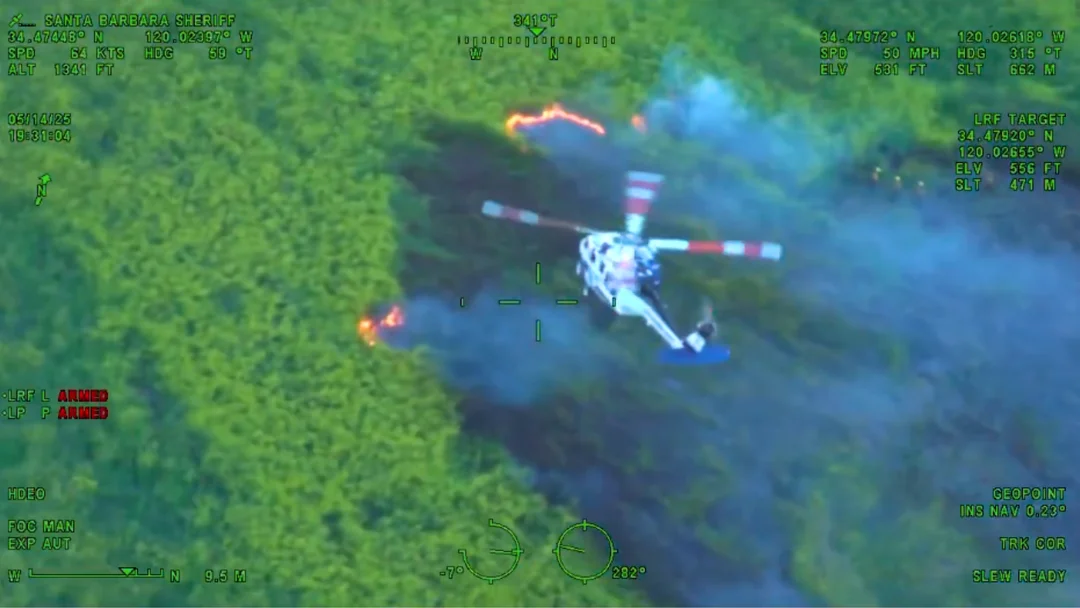
What Happens When a Sword-Wielding Suspect Sparks a California Wildfire?
In the picturesque landscapes of Southern California, a bizarre and dangerous incident unfolded recently, blending elements of high-stakes pursuit and environmental peril. Authorities reported that a man’s frantic escape from law enforcement inadvertently ignited a brush fire, raising alarms about public safety and wildfire risks in the region. This event highlights the unpredictable consequences of individual actions amid growing concerns over climate-driven fires in California.
The drama began at El Capitan Canyon Resort in Santa Barbara County, where deputies responded to reports of a suspect exhibiting erratic behavior. Identified as 40-year-old Simon Khalili from Woodland Hills, the man attempted to flee in his vehicle upon spotting law enforcement. However, his car became stuck on a dirt road, forcing him to abandon it and dash into a nearby canyon. What started as a routine chase escalated when a fire suddenly erupted in the brush where Khalili had fled, authorities confirmed in their reports.

Complicating matters, deputies learned that Khalili was allegedly armed with a sword, turning the situation into a potential threat for firefighters and responders. Under a “force protection plan,” deputies shielded fire crews as they battled the flames on foot, supported by helicopter water drops and a K9 unit. The fire, which burned about 1.1 acres, was contained within roughly two hours, thanks to swift coordination between the Santa Barbara County Sheriff’s Office, State Parks, and fire departments. Khalili surrendered around 7:30 p.m. and was booked on charges including felony arson, trespassing, brandishing a weapon, and negligent fire setting, with bail set at $75,000.
This incident raises important questions about the intersection of criminal behavior and environmental hazards. California’s wildfire-prone areas have seen increased risks due to drier conditions and human activity, and this case exemplifies how a single event can escalate into a broader crisis. Comparing it to past incidents, such as accidental fires from vehicles or negligence, Khalili’s involvement with a weapon adds a layer of danger, potentially endangering not just property but lives. As one official noted, “Deputies paused their pursuit into the dangerous terrain and minutes later, a fire erupted,” underscoring the rapid progression of events. The use of aerial support and ground teams highlights the state’s evolving strategies for fire response, yet it also serves as a stark reminder of the human element in these disasters.

In summary, this event not only led to Khalili’s arrest but also amplified discussions on preventive measures for wildfires in vulnerable areas. What might have been a simple chase became a cautionary tale about the fragility of our environment and the need for vigilance. As California continues to grapple with fire seasons, incidents like this prompt us to reflect: How can communities better prepare for such unpredictable threats? We invite readers to share their thoughts in the comments below—have you experienced similar situations, or do you have ideas on improving safety protocols? Your insights could spark meaningful conversations.